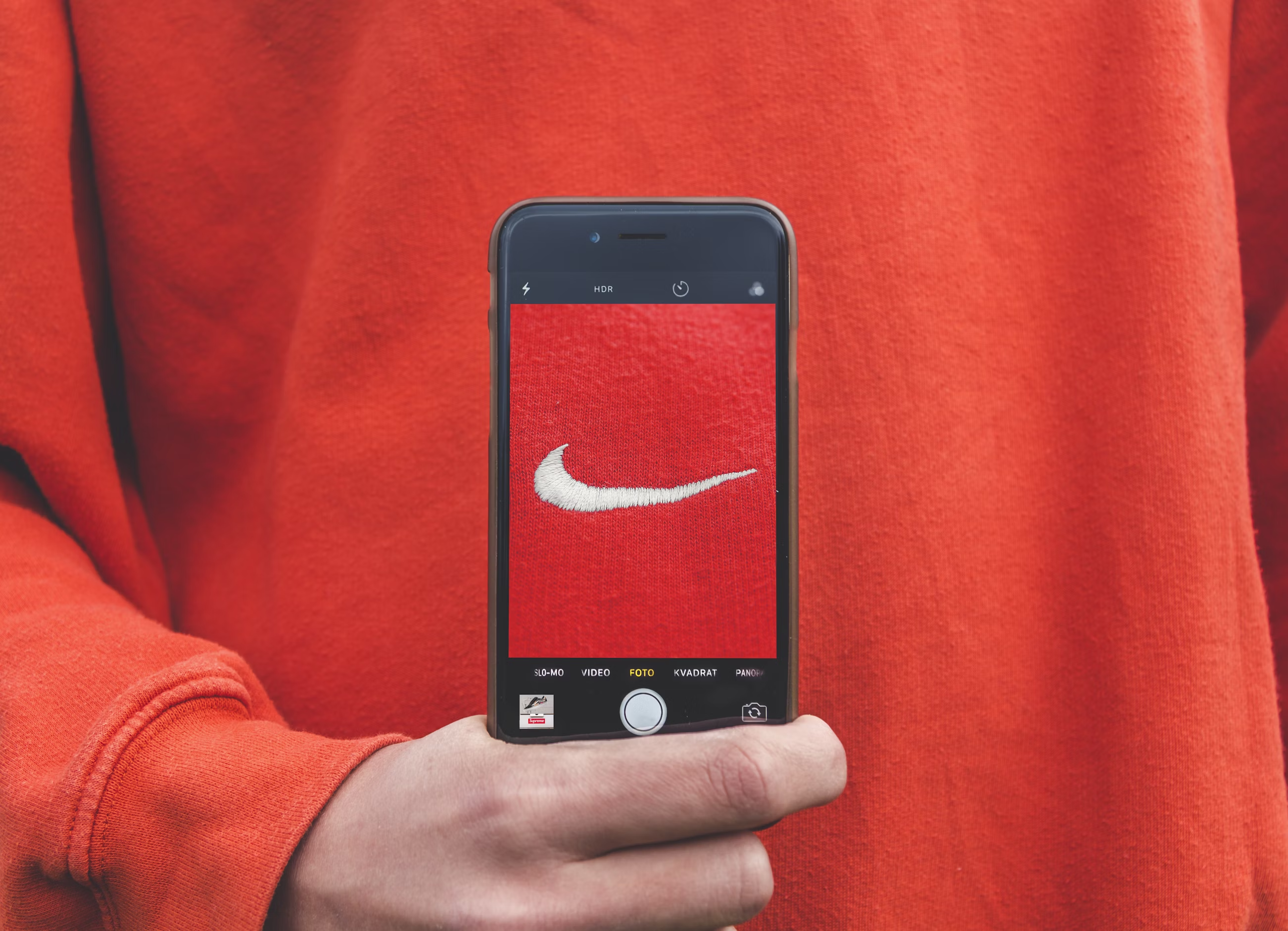Navigating the intricate landscape of Olympic sponsorships, brands aiming to partner with athletes must tread carefully, adhering to a set of stringent rules and regulations that govern these relationships. The allure of associating with Olympic athletes, who bring with them global recognition and a narrative of excellence, is undeniable. Yet, the path is riddled with regulatory hurdles that demand astute strategic planning and an in-depth understanding of the legal framework.
Exclusivity Agreements
Securing exclusive sponsorship deals is a common strategy for brands seeking to ensure that their products or services are uniquely associated with an athlete. This exclusivity is particularly valuable in the context of the Olympic Games, where the association with athletes at the pinnacle of their sport can significantly enhance brand visibility and prestige. However, the challenge lies in the existing contractual obligations that athletes may have with official Olympic partners, which often encompass wide-ranging exclusivity clauses covering various product categories. These agreements can severely limit an athlete's ability to engage in new sponsorship deals, especially those that might conflict with the interests of the Games' official sponsors. Brands must, therefore, navigate these waters with caution, conducting thorough due diligence to identify potential conflicts and negotiating terms that respect the complex web of existing agreements while still achieving their marketing objectives.
Compliance with Rule 40
Rule 40 of the Olympic Charter has long been a contentious point for athletes and non-official sponsors alike. Originally designed to preserve the commercial integrity of the Olympics by restricting athletes from promoting non-official sponsors during the Games, it has often been criticized for unduly limiting athletes' sponsorship opportunities. For brands, this presents a significant challenge, as the blackout period during the Games restricts their ability to leverage their partnerships with athletes for promotional activities. Brands must, therefore, employ creative strategies to maintain visibility and engagement without infringing upon the restrictions imposed by Rule 40. This could involve pre-Games advertising campaigns, storytelling that focuses on the athletes' journey to the Olympics, or digital content that can be shared before and after the blackout period, ensuring continuous engagement with their target audience.
National Olympic Committee (NOC) Guidelines
Adding another layer of complexity to Olympic sponsorships are the guidelines set forth by individual National Olympic Committees (NOCs). These guidelines can vary significantly from one country to another, reflecting the diverse legal and cultural landscapes in which they operate. For brands, this means that a one-size-fits-all approach to sponsorship is not feasible. Instead, they must tailor their strategies to align with the specific regulations and norms of each athlete's NOC. This requires a deep understanding of local rules and the ability to adapt marketing and promotional activities to comply with these guidelines, ensuring that sponsorship campaigns are effective and compliant across different jurisdictions.
Non-Compete Clauses
To safeguard their investments and ensure that their brand remains prominently associated with an athlete, sponsors often incorporate non-compete clauses into their contracts. These clauses are designed to prevent athletes from engaging with competing brands, thereby protecting the sponsor's exclusivity in their product category. However, crafting these clauses requires a delicate balance, as they must consider the athlete's existing and potential future obligations, including those to official Olympic sponsors. Sponsors must ensure that these clauses are not overly restrictive, allowing athletes the freedom to engage with other non-competing brands while protecting their own interests. This often involves detailed negotiations and a clear understanding of the competitive landscape, ensuring that the final agreement is fair, legally sound, and mutually beneficial.
Brand Visibility vs. Official Sponsorship Rights
For brands that are not official Olympic sponsors, finding ways to remain visible and relevant during the Games, without infringing on the exclusive rights of official partners, is a significant challenge. These brands must navigate a fine line, developing sponsorship activations that resonate with their audience and enhance their association with Olympic athletes while avoiding direct references to the Games or the use of protected Olympic intellectual property. This could involve focusing on the athletes' personal stories, achievements outside of the Olympic context, or leveraging digital and social media platforms to engage with fans. Creative and indirect marketing strategies become crucial, allowing brands to capitalize on the Olympic buzz and the appeal of their athlete partners without violating the strict regulations that protect the rights of official sponsors.
More About Brand Exclusivity
In this complex regulatory environment, brands must approach Olympic athlete sponsorships with a blend of strategic insight, legal acumen, and creative thinking. The exclusive nature of Olympic sponsorships, governed by a detailed framework of rules and regulations, demands that brands navigate these waters with care, ensuring that their partnerships with athletes are both impactful and compliant. For those looking to explore the dynamic world of Olympic athlete sponsorships, platforms like OpenSponsorship offer invaluable resources, providing guidance and facilitating connections within the strict confines of Olympic sponsorship regulations.

